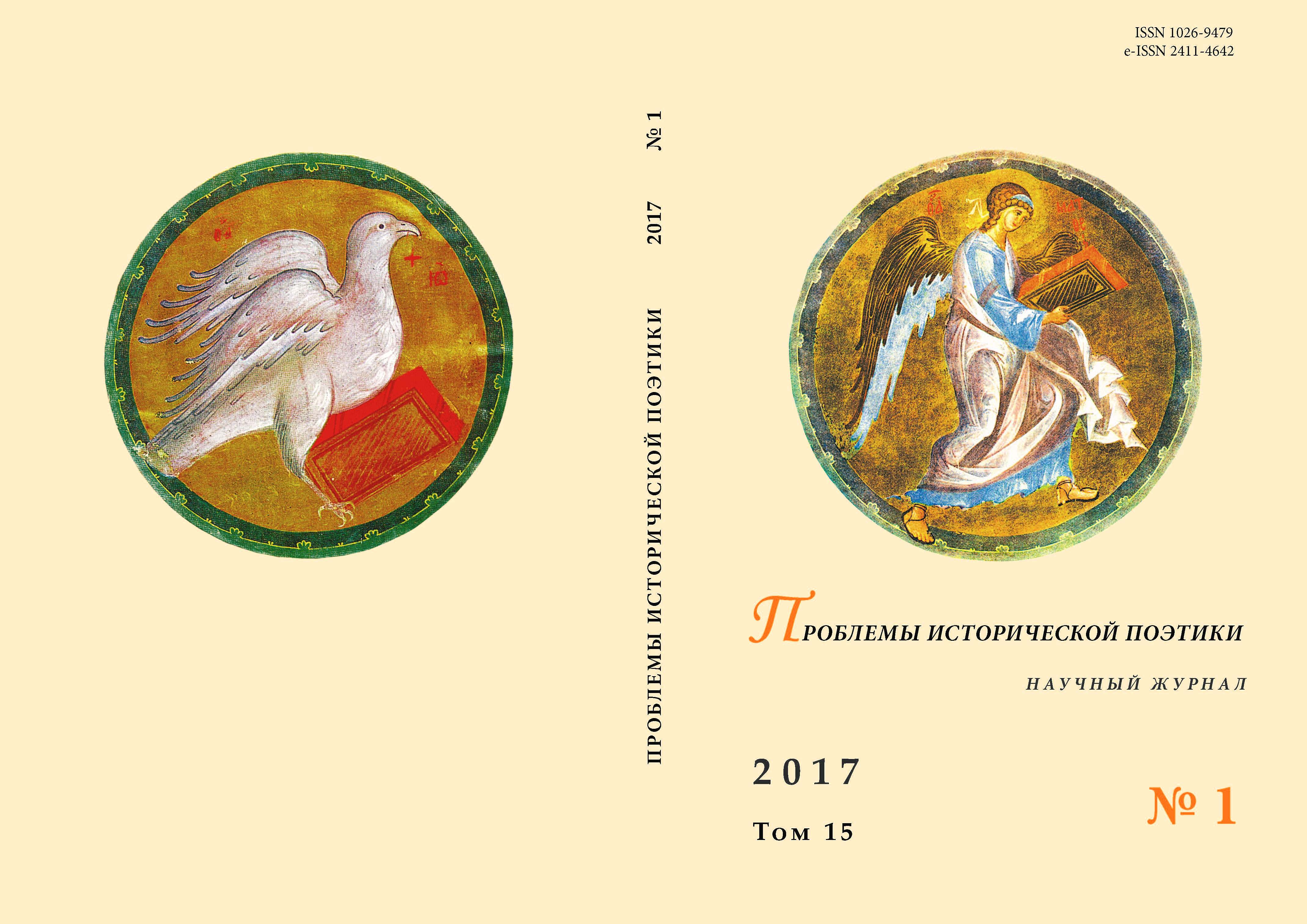СЕМАНТИКА КОЛОРАТИВОВ В ПОВЕСТВОВАНИИ Л. ТОЛСТОГО («СМЕРТЬ ИВАНА ИЛЬИЧА», «КРЕЙЦЕРОВА СОНАТА», «ДЬЯВОЛ»)
THE SEMANTICS OF COLORATIVES IN TOLSTOY’S NARRATIVES (“THE DEATH OF IVAN ILYICH”, “THE KREUTZER SONATA”, “THE DEVIL”)
Author(s): Elena MasolovaSubject(s): Language and Literature Studies, Literary Texts, Fiction, Studies of Literature, Russian Literature, Philology
Published by: Петрозаводский государственный университет
Keywords: coloratives; light coloratives; color writing; color code; Tolstoy
Summary/Abstract: In Tolstoy’s stories of the 1870s the coloratives have negative semantics. In “The Death of Ivan Ilyich” the yellow color “implicates” a movement to death. In “The Kreutzer Sonata” this color aggravates Pozdnyshev’s moral sufferings and embodies deception and lust. In “The Devil” the description of Lisa’s yellow complexion reveals Irtenev’s negative attitude to her. In “The Death of Ivan Ilyich” the pink and green cretonne of a “fashionable” living room loses its grandiosity in the house of the deceased man. In “The Death of Ivan Ilyich” the white color of clothes initially associated by the character with confidence in the future, then resulted in the patient’s dislike and was seen as evidence of inconsiderateness of people. In “The Kreutzer Sonata” the white color, in Trukhachevsky’s portrait, turned Pozdnyshev against him even more. In “The Devil” the white color Lisa was accompanied with provoked the growth of Irtenev’s irritation. In “The Kreutzer Sonata” the semantics of the red color is disturbing, ominous, and associated with debauchery and lie. In “The Devil” the description of the red clothes replaces the portrait characteristics of Stepanida; for Irtenev the red panyova and the red headscarf of his mistress became the symbols of the devilish temptation. In “The Death of Ivan Ilyich” the black color, being an attribute of mental and physical illness of the character, began to correspond to the image of a black sack devouring the person. In “The Kreutzer Sonata” an infernal black and red color scale contributes to the presentiment of tragedy. In “The Devil” the black color discovers Irtenev’s increasing dependence on delusion. In “The Kreutzer Sonata” the coloratives with the root “light” are related to Pozdnyshev’s insight concerning his family life, based on deception. In “The Death of Ivan Ilyich” “light” liberates the character of death anxiety and grants him a joy of interfluence with the world. In the given stories of Tolstoy there is presented color writing not a color code. Not all the coloratives fulfill a descriptive and prospective functions.
Journal: Проблемы исторической поэтики
- Issue Year: 15/2017
- Issue No: 1
- Page Range: 55-67
- Page Count: 12
- Language: English, Russian

